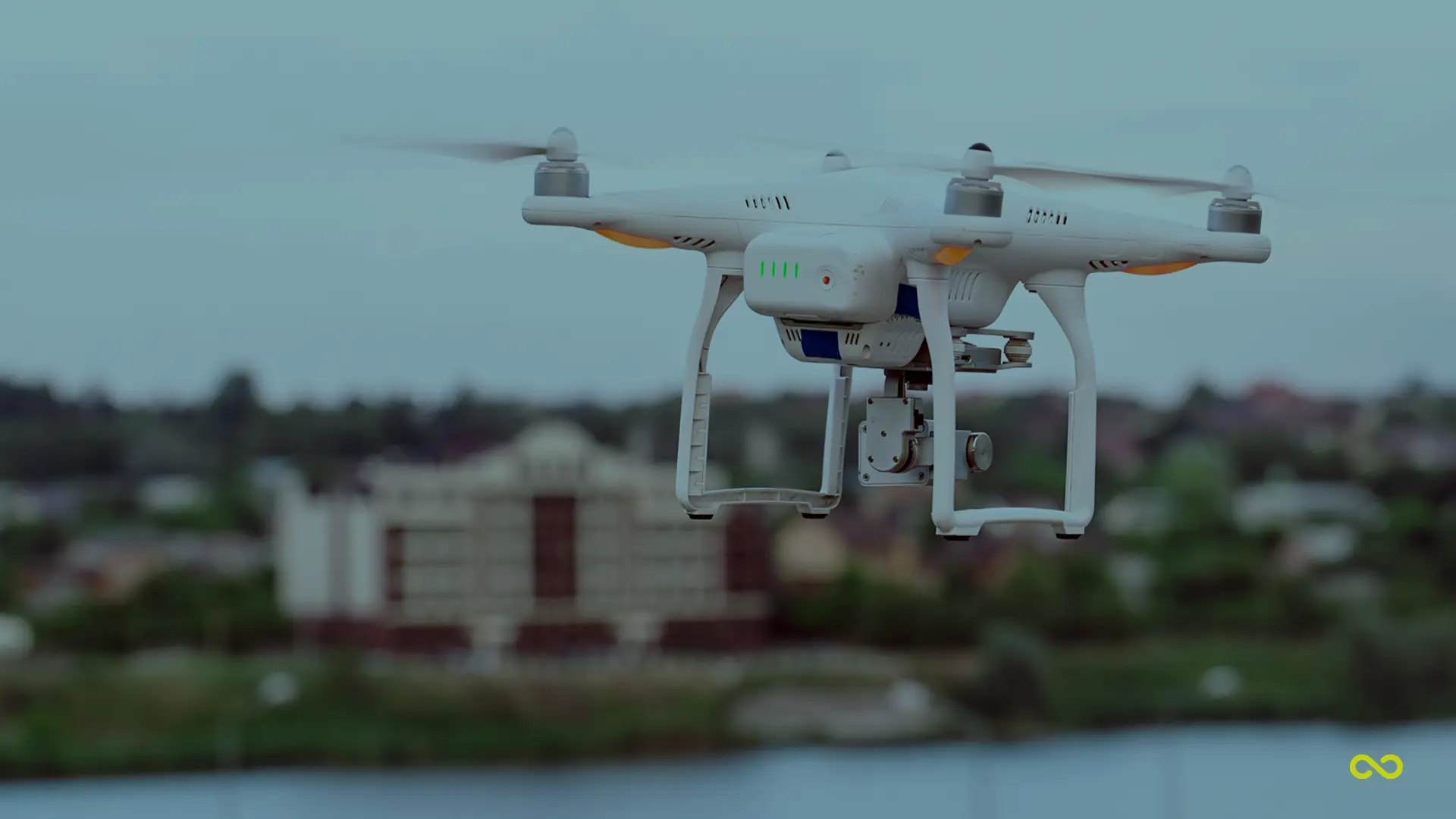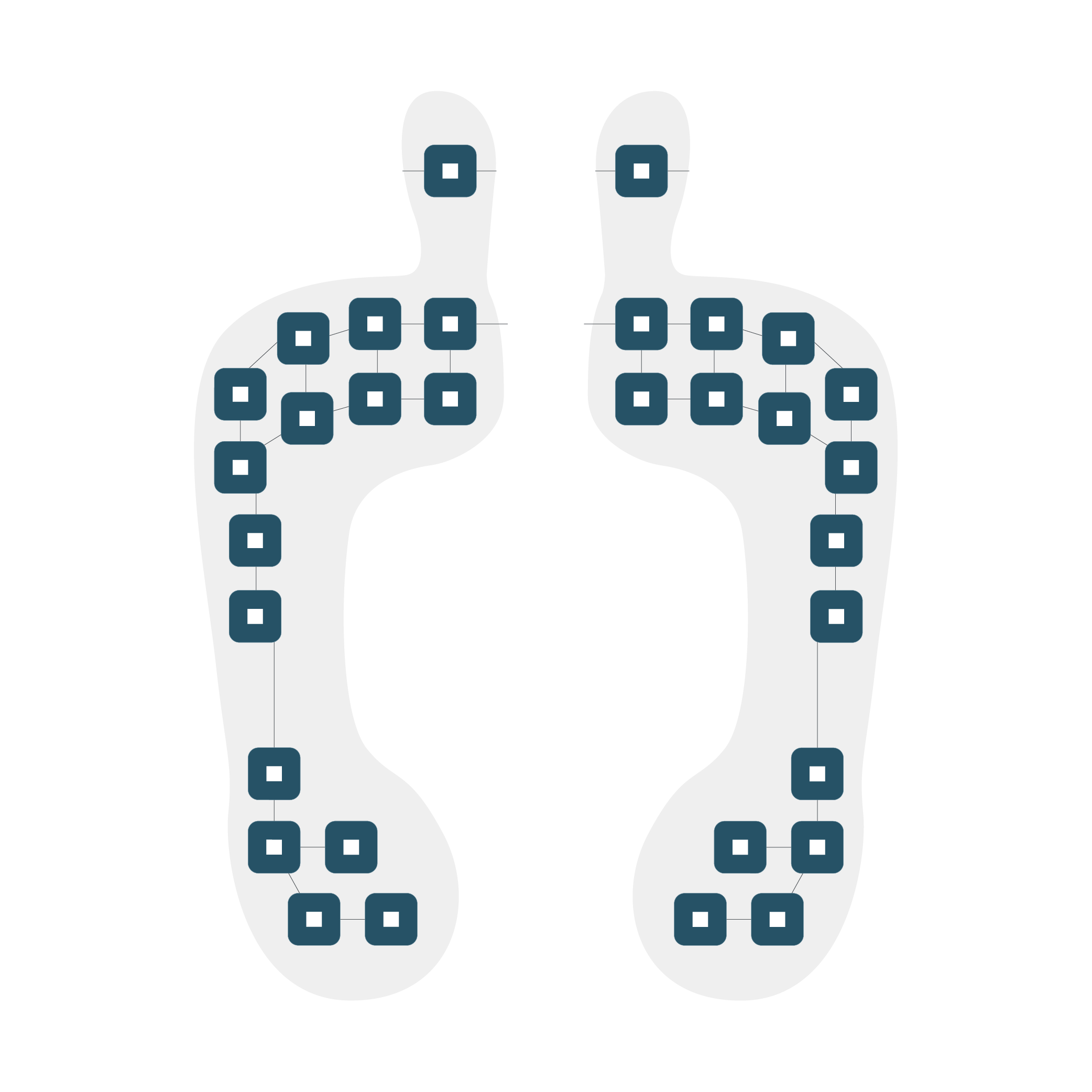Inertial Sensor Fusion is a sophisticated technique that combines data from multiple sensors to generate a precise and reliable representation of the surrounding environment. Much like the human senses of sight and hearing work in concert to understand the world, inertial sensors such as accelerometers and gyroscopes collaborate to provide a comprehensive understanding of motion and orientation.
Understanding Inertial Sensor Fusion
At its core, inertial sensor fusion involves gathering data from multiple inertial measurement units (IMUs) and intelligently processing it. These IMUs are miniature marvels, each with its own specialized function. Accelerometers measure acceleration, while gyroscopes detect rotational movement. By combining their strengths, we achieve a robust and detailed understanding of an object’s motion.
The Advantage of IMU Sensor Fusion
Using a single IMU is akin to perceiving the world with one eye closed. It’s feasible, but the picture is incomplete. This is where the advantage of IMU sensor fusion becomes evident. By deploying multiple IMUs in different positions, we create a network of sensors that offers a more comprehensive and accurate representation of the environment.
Imagine multiple witnesses observing an event. Each witness has a slightly different perspective, but when their testimonies are combined, a clearer picture emerges. This principle mirrors IMU sensor fusion. By merging data from various sensors, we can reduce noise, enhance accuracy, and uncover hidden information.
AI Sensor Fusion: A Glimpse into the Future
While traditional sensor fusion methods have been around for some time, artificial intelligence is propelling the field forward. Sensor fusion AI employs artificial intelligence algorithms to analyze and integrate sensor data. This approach offers several key advantages:
Enhanced Accuracy
Traditional methods for processing sensor data often rely on fixed rules or statistical models. While these methods can be effective, they may struggle to identify complex patterns or subtle variations within the data. AI algorithms, on the other hand, are designed to learn from data and can uncover hidden relationships that humans might miss. This ability to identify intricate patterns and subtle trends results in significantly improved precision in understanding and interpreting the sensor data.
For example, in the context of this sensor fusion, AI can detect minuscule changes in acceleration or rotation that might indicate a specific event or condition, such as a car skidding or a drone experiencing turbulence.
Real-Time Processing
In many applications, decisions need to be made rapidly based on sensor data. This is where AI’s ability to process vast amounts of data quickly becomes invaluable. Traditional methods often struggle to keep up with the high volume of data generated by modern sensors. AI algorithms, however, can handle these data streams efficiently, allowing for real-time analysis and decision-making.
Consider a self-driving car. The vehicle’s sensors generate a constant stream of data about its surroundings. AI algorithms can process this data in real time to identify potential hazards, make steering adjustments, and control the vehicle’s speed, all within milliseconds.
Adaptability
Real-world conditions are often dynamic and unpredictable. Traditional sensor fusion methods may struggle to adapt to changing circumstances. AI models, however, can learn and adapt to new situations as they arise. This adaptability is crucial for ensuring the system’s performance in varying environments.
For instance, an AI-powered drone navigating through a forest might encounter obstacles like trees and branches. The AI model can learn from these experiences and adjust its flight path accordingly, improving its ability to navigate through complex terrain.
Feature Extraction
Extracting meaningful information from raw sensor data can be a time-consuming and challenging task. Traditional methods often require domain experts to manually define features of interest. AI algorithms can automate this process by learning to extract relevant features directly from the data. This not only saves time but also allows the system to discover features that human experts might overlook.
In the case of human activity recognition, AI can automatically extract features from accelerometer and gyroscope data, such as walking, running, or jumping, without requiring explicit programming for each activity.
By combining these four key advantages, AI sensor fusion software offers a powerful approach to unlocking the full potential of inertial sensor data and driving innovation across various industries.
Custom AI Solutions: Tailored Precision
Every application has its unique set of challenges and requirements. This is why custom AI solutions are essential for maximizing the benefits of inertial sensor fusion. At 221e, we specialize in creating AI sensing solutions that address your specific needs. Whether you operate in the automotive, robotics, or aerospace industry where you rely on precise motion tracking, we can help you harness the power of sensor fusion.
Our team of experts works closely with you to understand your goals, analyze your data, and develop AI sensing solutions that deliver exceptional performance. We combine cutting-edge AI techniques with in-depth industry knowledge to create solutions that are not only effective but also efficient and scalable.
The Impact of Inertial Sensor Fusion
It is a transformative technology reshaping industries worldwide. Its applications span from autonomous vehicles navigating complex urban environments to drones delivering packages with pinpoint accuracy. By combining data from multiple sensors and leveraging the capabilities of AI, we unlock new possibilities and create innovative solutions that were once unimaginable.
For instance, in the automotive industry, this sensor fusion software is crucial for advanced driver-assistance systems (ADAS) and autonomous driving. By accurately tracking vehicle motion and orientation, these systems can enhance safety, improve fuel efficiency, and enable new features like lane-keeping assist and adaptive cruise control. In robotics, sensor fusion empowers robots to perceive their surroundings with greater precision, enabling them to perform tasks with increased dexterity and autonomy.

